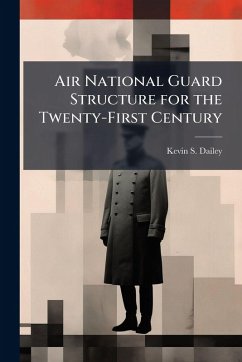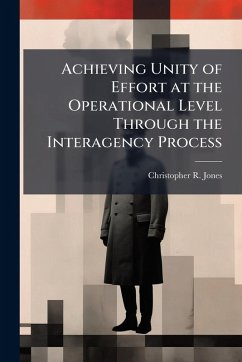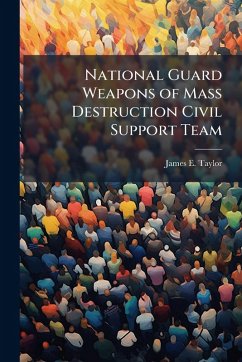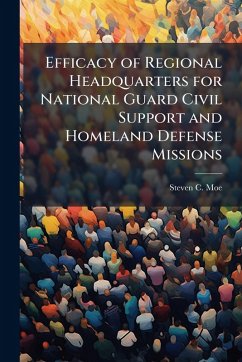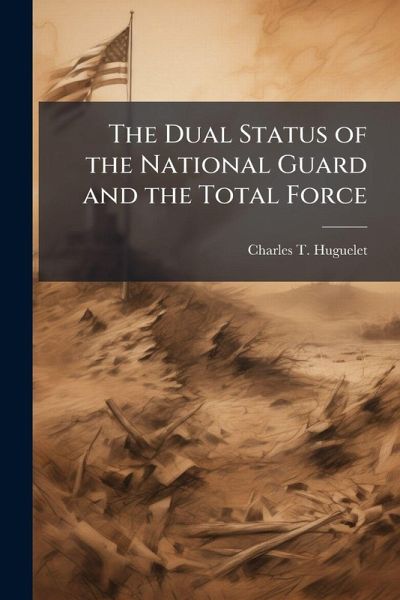
The Dual Status of the National Guard and the Total Force
Versandkostenfrei!
Versandfertig in über 4 Wochen
14,99 €
inkl. MwSt.
Weitere Ausgaben:

PAYBACK Punkte
7 °P sammeln!
The National Guard and Reserves are organized and funded to supplement active forces when needed. In peacetime, however, National Guard units belong to states, and state governors are the commanders in chief. Unless federalized, Guard members are not subject to the Uniform Code of Military Justice, and Guard units fall outside of the formal Department of Defense (DoD) command structure. Under the law, the National Guard is composed of individual, but nationally funded and regulated state militias that can be federalized and used as a reserve force. In 1947, a board appointed by Secretary of De...
The National Guard and Reserves are organized and funded to supplement active forces when needed. In peacetime, however, National Guard units belong to states, and state governors are the commanders in chief. Unless federalized, Guard members are not subject to the Uniform Code of Military Justice, and Guard units fall outside of the formal Department of Defense (DoD) command structure. Under the law, the National Guard is composed of individual, but nationally funded and regulated state militias that can be federalized and used as a reserve force. In 1947, a board appointed by Secretary of Defense James Forrestal recommended permanently federalizing the National Guard by making it part of the Reserves. The National Guard Association, a lobbying group representing Guard interests, appealed to Congress, and Secretary Forrestal's recommendation was rejected. In 1964, Secretary of Defense Robert McNamara recommended streamlining the Guard and Reserves by merging the Reserves into the Guard. The Reserve Officer's Association intervened and Congress again rejected the DoD's reserve component reorganization plan. Secretary of Defense Melvin Laird coined the phrase "Total Force" in a memorandum issued on August 21, 1971. Secretary Laird believed that placing more emphasis on the National Guard and Reserves as part of a "Total Force" was the most feasible way to achieve national defense objectives with limited funding. This work has been selected by scholars as being culturally important, and is part of the knowledge base of civilization as we know it. This work was reproduced from the original artifact, and remains as true to the original work as possible. Therefore, you will see the original copyright references, library stamps (as most of these works have been housed in our most important libraries around the world), and other notations in the work. This work is in the public domain in the United States of America, and possibly other nations. Within the United States, you may freely copy and distribute this work, as no entity (individual or corporate) has a copyright on the body of the work. As a reproduction of a historical artifact, this work may contain missing or blurred pages, poor pictures, errant marks, etc. Scholars believe, and we concur, that this work is important enough to be preserved, reproduced, and made generally available to the public. We appreciate your support of the preservation process, and thank you for being an important part of keeping this knowledge alive and relevant.




